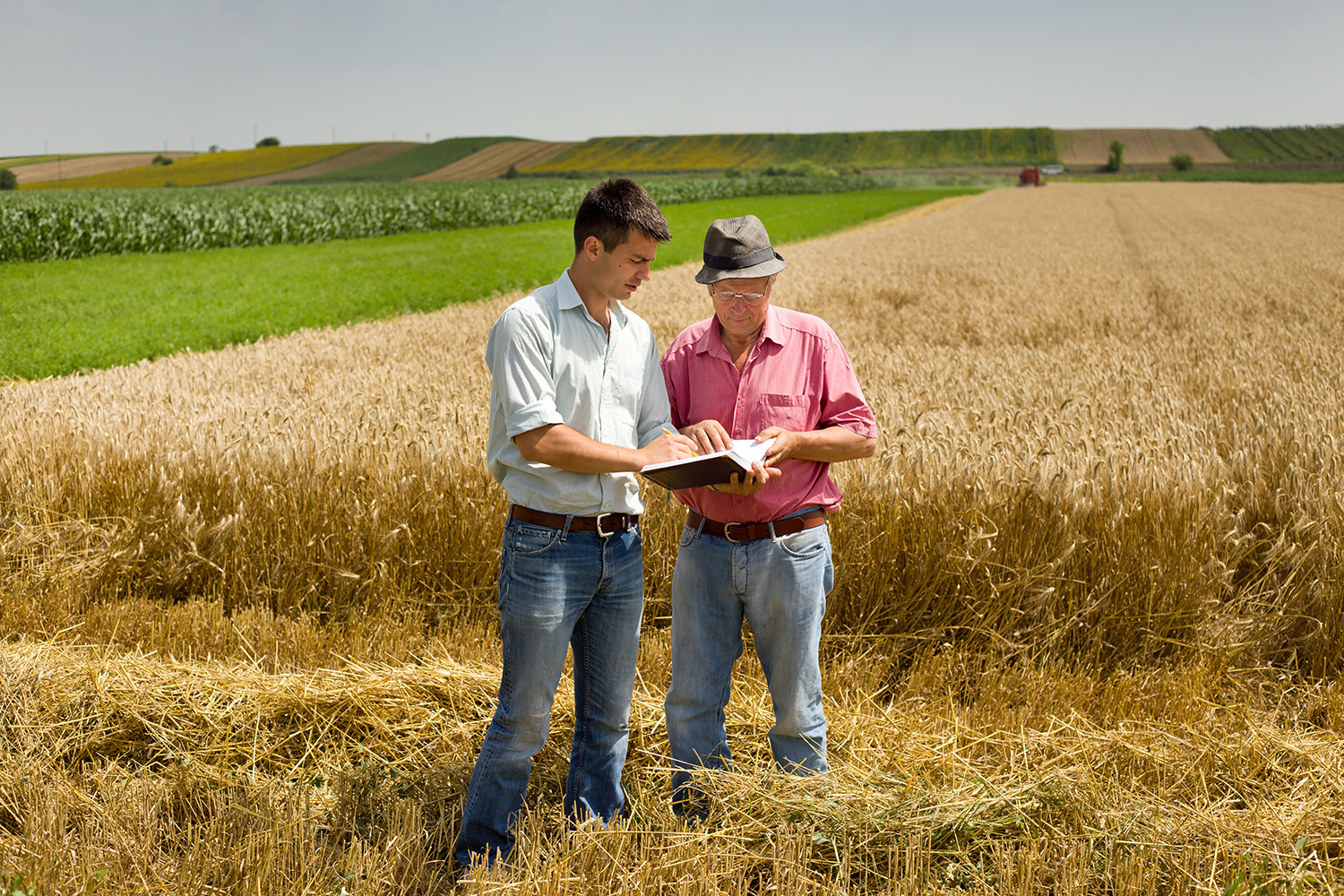Originally published on www.coopag.ca.
In simpler times, farmers could get away with unkempt piles of receipts thrown in a shoebox and call it a day. But today’s farms demand something more sophisticated than shoebox accounting. With greater costs for land, equipment and crop inputs, it’s more important than ever for growers to carefully monitor how every dollar is spent.
“I think growers know whether or not they’re making money, but do they have any idea what their cost of production is?” asked Shea Ferster, CPA, CA, Business Advisor with MNP’s Agricultural Services team.
Ferster said too many growers continue to rely on simple cash accounting, which tracks their finances throughout the tax year but doesn’t match income with expenses from one crop year to the next.
“Things have changed and with costs increasing, a lot of farmers are opening their eyes to a new strategies around farm finance, ” said Ferster.
Accurately tracking your cost of production will help you put your dollars into fields with the highest return or lowest cost of production and develop field and marketing strategies with greater returns.
Cash and Accrual Accounting
To illustrate the difference between cash and accrual accounting, imagine your farm recorded the following transactions during a one-month period:
- Sent an invoice for $15,000 for a custom-spraying job.
- Received a bill for $3,500 in crop protection products.
- Paid an $80 cellphone bill received last month.
- Received a $5,000 payment from a custom-spraying client that you invoiced last month.
With cash accounting, the profit for this month would be $4,920 ($5,000 in income minus $80 in bills paid). Under the accrual method, the profit for this month would be $11,500 ($15,000 in income minus $3,500 product cost).
When Do You Start Making Money?
By properly comparing income and expense, accrual systems allow growers to see their real profitability when the crop is finally sold, enabling them to make better and more informed marketing and management decisions.
Likewise, detailed in-field tracking of activities, such as spraying, can help to ensure accurate cost accounting for products and provide data for field-by-field cost valuations.
“How many farmers actually go back and say, ‘What did I actually do? Did I spray one extra time that I wasn’t sure about or did I spray one less time than I expected’ ” said Ferster. “That could be a 20-dollar-per-acre swing, which can add up.”
Tracking all activities that incur costs in a timely manner will ensure that your actual expenses are included in in-season calculations and help you identify areas to improve at the end of the year.
It’s crucial to have a clear understanding of your operation’s bottom line. Business advisors specializing in farm management can help growers identify the strengths and weaknesses of their operation and develop strategies for the future. For more information on advisory services available to growers, see MNP’s Solutions to Enhance Farm Profitability and Operations.






